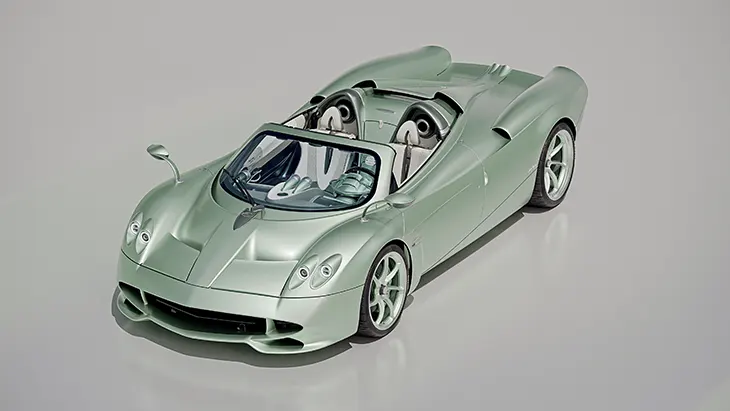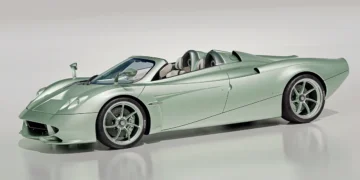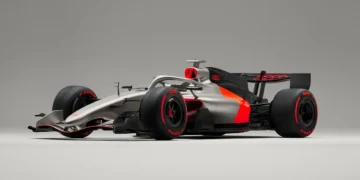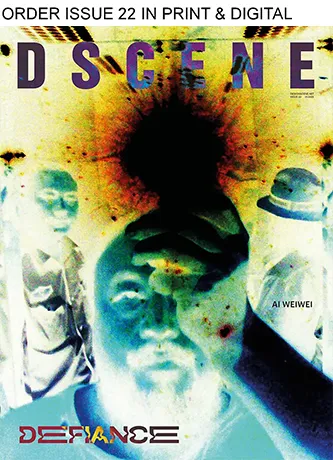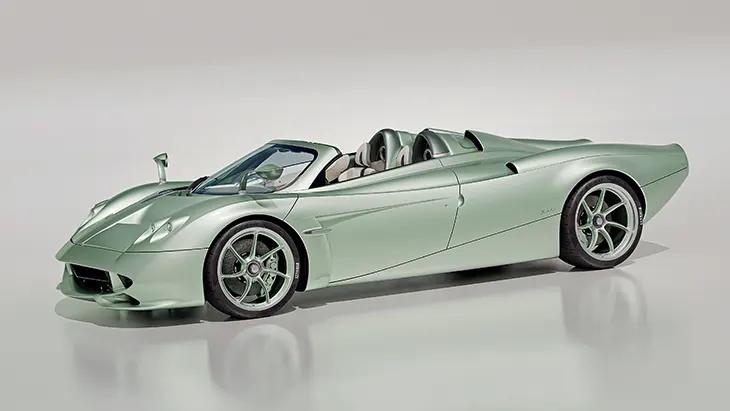
Pagani has revealed the Huayra Codalunga Speedster, a new road-legal hypercar limited to ten units, scheduled for delivery in 2026. Built by the Grandi Complicazioni division, the car represents a personal vision from Horacio Pagani, with inspiration drawn from 1950s and 1960s racing machines. The speedster version reinterprets the award-winning coupé and presents a cleaner, more tapered form with an open-air configuration and a new structural monocoque.
CARS
The Codalunga Speedster features a lower, softer windshield that shapes the silhouette with a subtle curve. Side windows reference post-war prototypes, adding to the aerodynamic profile. From the front, the headlights embed into the body like engravings, while the integrated splitter channels airflow with high accuracy. The panoramic hard top, removable for open driving, extends from windshield to tail in a continuous visual line.
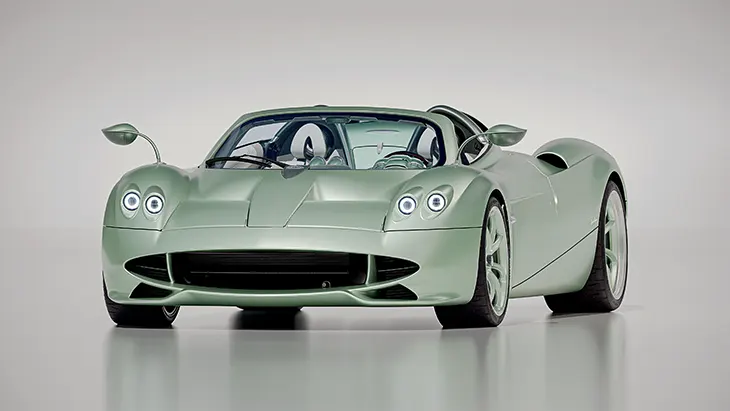
The roll bar between roof and tail takes the body color and draws it inside the cabin. Rear details include a redesigned hood, a diffuser, and two aerodynamic fins. Six exhaust outlets, titanium below and ceramic-coated above, complete the rear design. Each surface works to reduce drag through hidden aerodynamic solutions. CFD simulations guided the proportions of the hood and arches, focusing on airflow optimization and balance.
Inside, the Huayra Codalunga Speedster recalls 1960s color palettes, paired with semi-matte finishes and custom craftsmanship. Hammered and hand-stitched leathers pair with milled metal parts that resemble miniature sculptures. The steering wheel and gear knob, built with a carbon fiber base, feature mahogany and aluminum rivets.

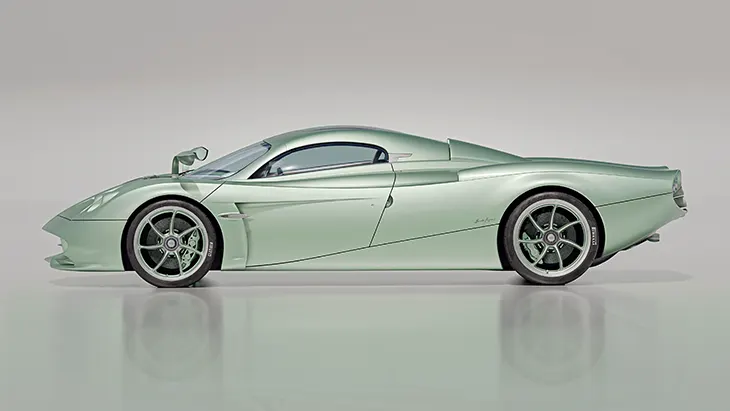
A custom fabric further defines the interior. Originally developed for haute couture, the embroidered textile draws from the four-exhaust motif that has defined Pagani’s identity since the Zonda. Over 450,000 stitches form the repeating pattern, which covers seats, doors, and center console. This fabric adds texture and rhythm to the space without overpowering it.
Pagani equips the speedster with a 5,980 cc V12 engine developed in collaboration with Mercedes-AMG. The engine delivers 864 horsepower at 6,000 rpm and 1,100 Nm of torque from 2,800 rpm. A 7-speed transverse gearbox by Xtrac sends power to the rear wheels, with both automated manual and traditional manual options available. Titanium exhaust pipes reduce weight and create a distinct sound profile.
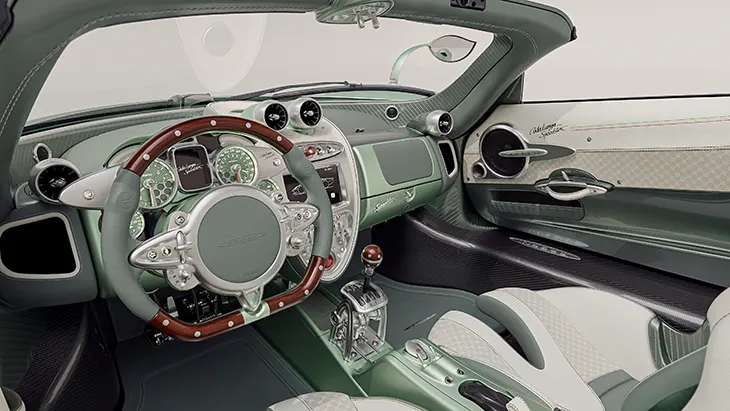
The chassis uses Carbo-Titanium HP62-G2 and Carbo-Triax HP62, ensuring rigidity and keeping the dry weight at 1,270 kg. The independent suspension system includes double wishbones, forged aluminum components, and adaptive shock absorbers. These elements adjust to road conditions in real time, keeping the ride precise and fluid.
Braking performance comes from a carbon-ceramic system designed with Brembo. The front uses 410 × 38 mm discs and 6-piston calipers, while the rear features 390 × 34 mm discs with 4-piston calipers. Avional wheels measure 20 inches in front and 21 inches in the rear, fitted with Pirelli Trofeo R tires for grip and control at high speeds.
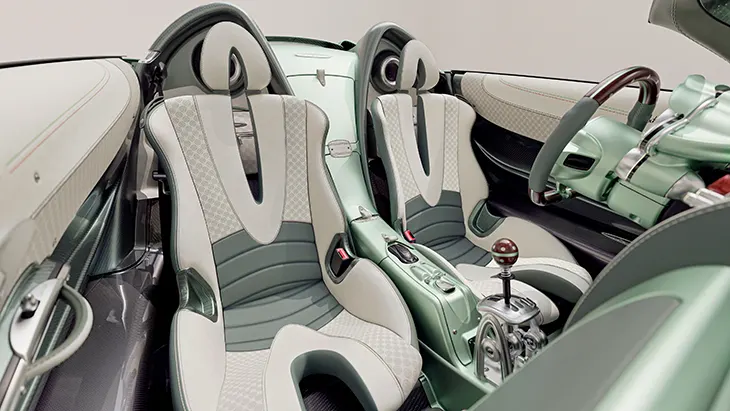
Grandi Complicazioni, the division responsible for the Huayra Codalunga Speedster, specializes in high-difficulty builds that require advanced techniques and rare craftsmanship. Each vehicle takes shape through direct dialogue with the client. The team, led by Horacio Pagani, approaches each project as an open commission, allowing customization of forms, finishes, and materials. These cars often exist in extremely limited numbers and demand years of skill development from the artisans involved.
The Codalunga Speedster measures 4,912 mm in length, 2,050 mm in width, and 1,174 mm in height. The wheelbase spans 2,795 mm. The top speed reaches 350 km/h, electronically limited. Tires include 265/30 R20 at the front and 355/25 R21 at the rear. The vehicle’s road homologation ensures it can legally operate across global markets, despite its rarity.
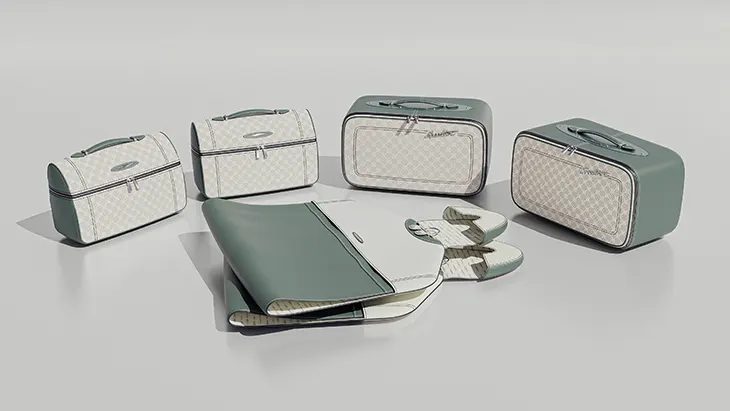
Pagani created the Huayra Codalunga Speedster as a response to clients who prioritize visual lightness and aerodynamic purity. Horacio Pagani describes it as an expression of essential beauty. By removing air intakes and add-ons, and replacing them with uninterrupted lines, the design channels a past era of racing, where performance and elegance coexisted without compromise.
